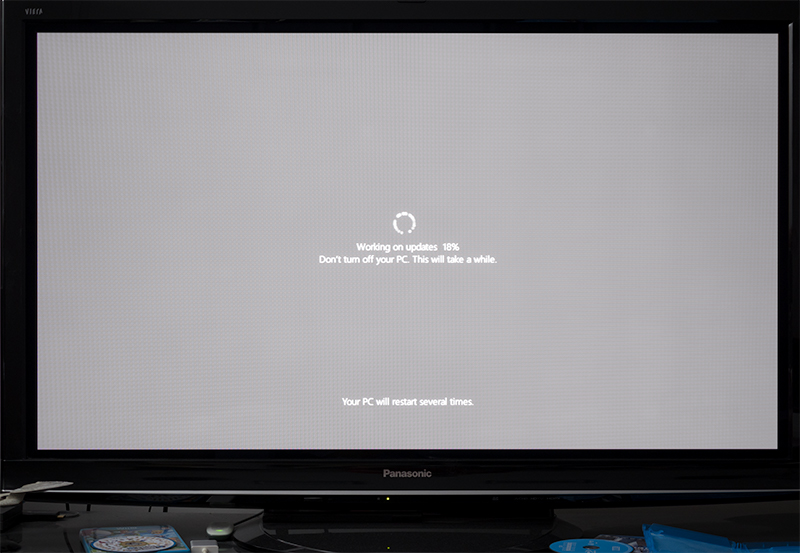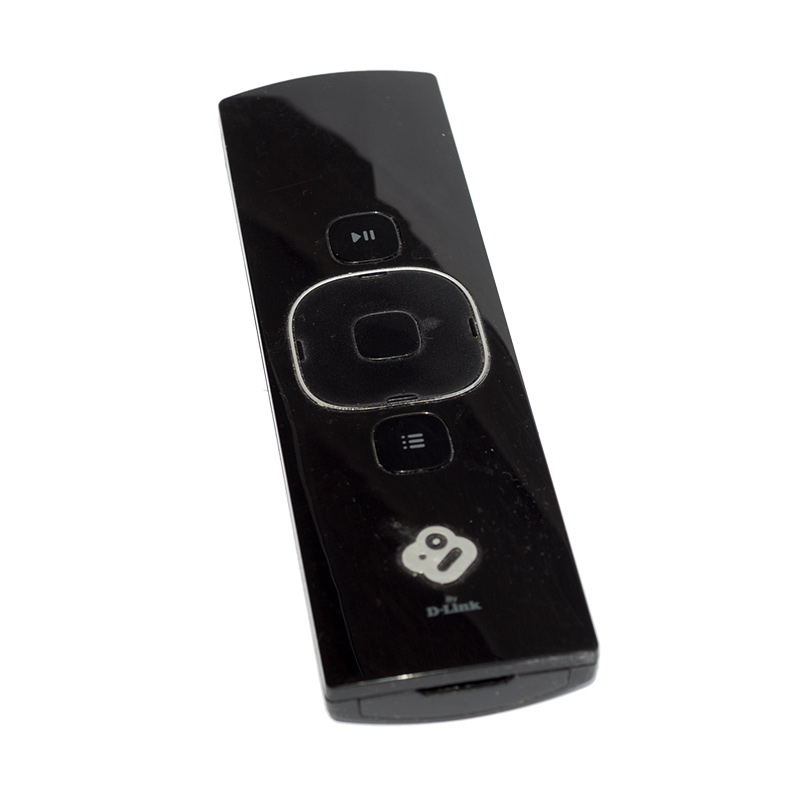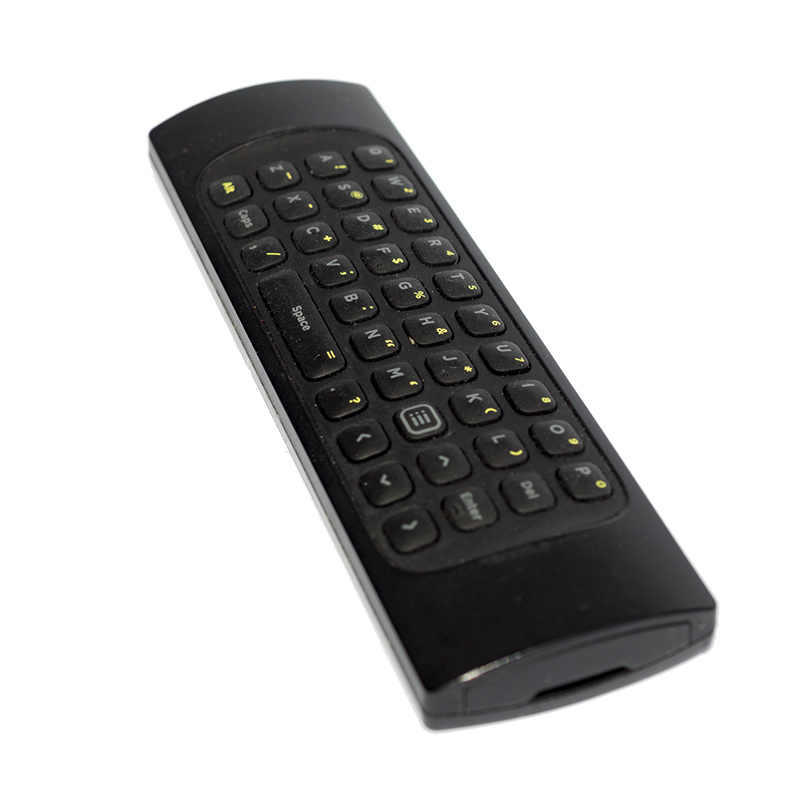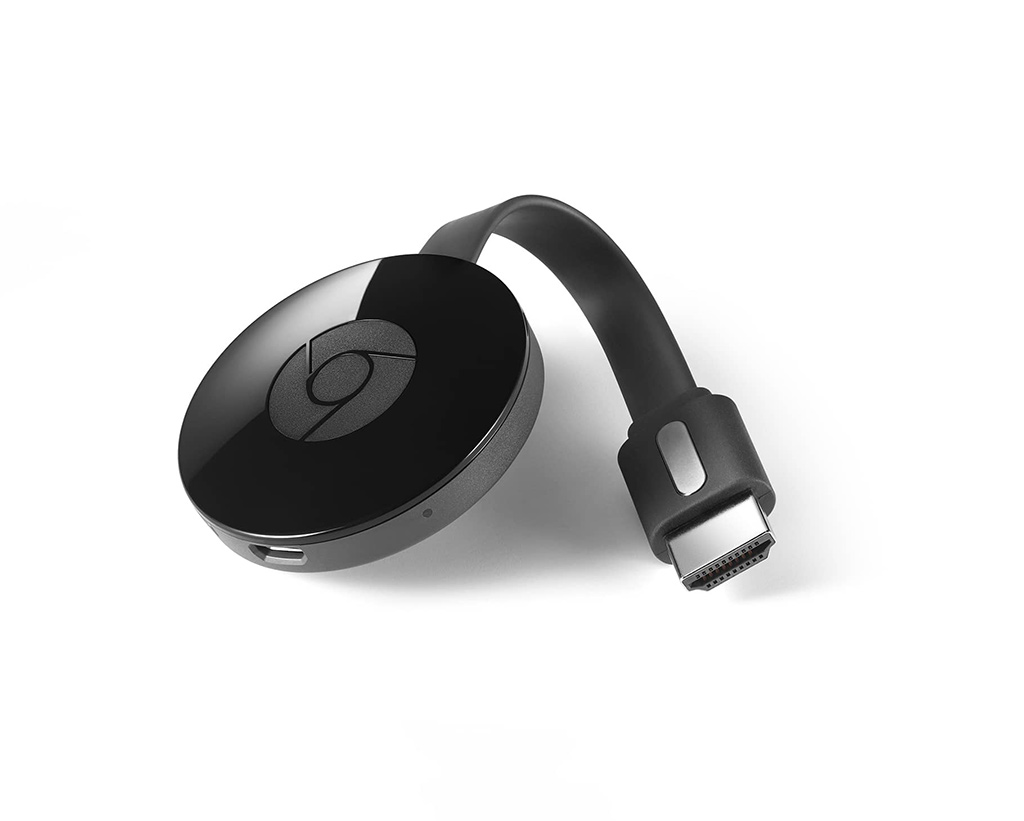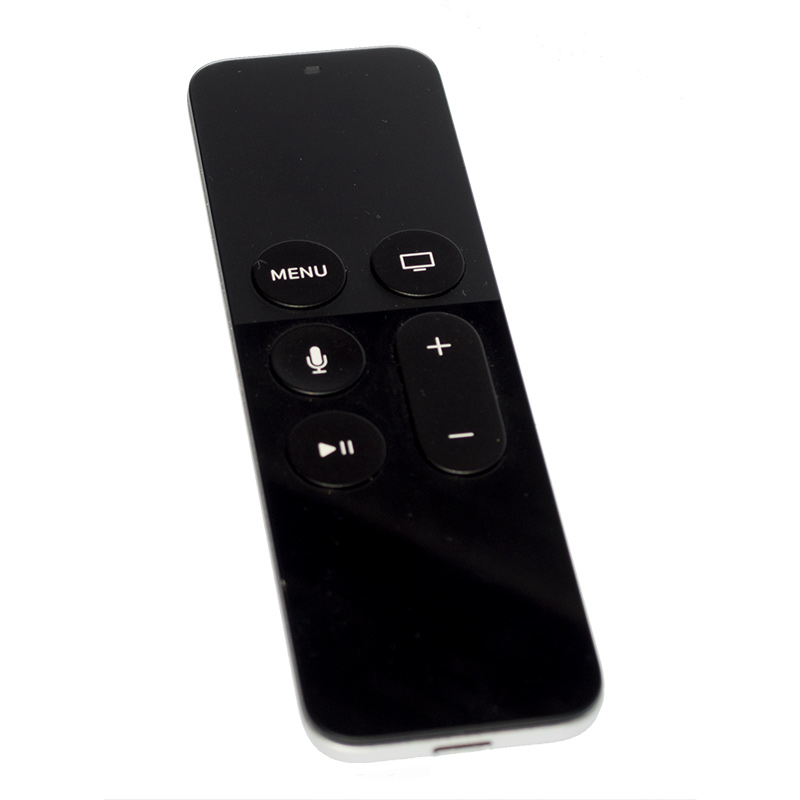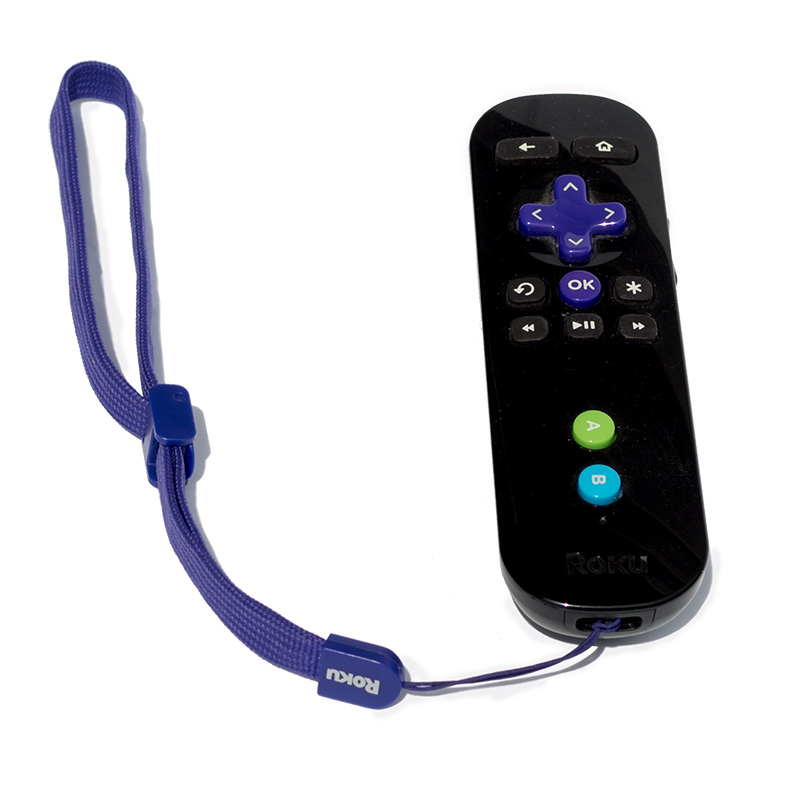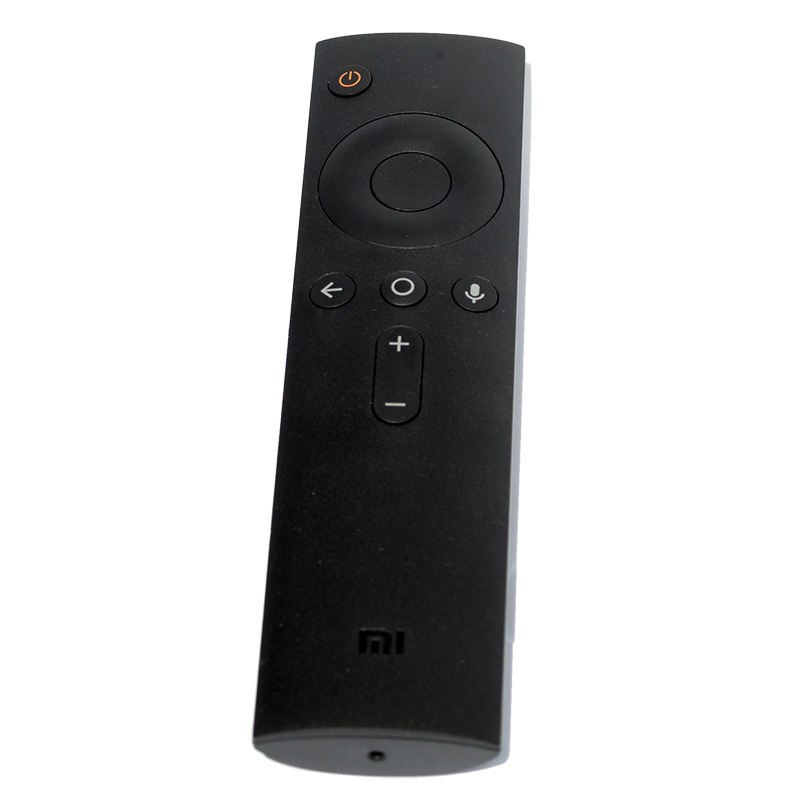Set top boxes, because Smart TVs aren't
My latest instalment of things no one asked for and no one wants, a (not very) definitive review of the three or (kind of four) set top boxes for streaming content to a TV.
I need to point out at this point, a PC is not acceptable. I do have a PC plugged into my TV, but this:
Is not the appropriate interface for a lean back or 6 ft experience. It is the most flexible, but I don’t want the most flexible. I want to one that is the easiest to use, has a simple interface that lets be get to content as quickly as possible, and doesn’t need to reboot with patches every time I turn it on. PCs are out, even before Microsoft killed Media Center. I’ve done my fair share of XBMC / Kodi installs, nope. Ever since running downloaded files through a series of bash scripts to get them in a format that a PS3 would understand through a DLNA (Digital Living Network Alliance, no really, that’s what it means) server, I have been on the quest for best set top box for streaming content.
Back then most of the content I wanted to stream was coming from inside the house. It has been downloaded earlier and was sitting on a box on the network. This really drove the first device I tried. The D-Link Boxee Box - yes I was the one guy that bought one.
The Boxee Box was an amazing device. While it had some notional support for Internet streaming services, it was built for local content. It didn’t need a DLNA it would just mount a network share using NFS, CIFS, AppleTalk, and sort the folder by date modify. It supported all of the codecs. MKV files with subtitles, AC3 5.1 audio, anything. The audio and video quality out of the box was very good. Accurate colours, minimal image processing.
It was based on an Intel SoC running Linux. To give you an idea how notional the Internet streaming services support was, it ran Flash. Real Flash. The version of Flash that Adobe stopped updating for Linux a long time ago. It had a terrible web browser to load up things like NHL GameCenter. The logic must of have been ‘instead of getting everyone to write an app, we’ll just load up their current Flash based web pages.’ Of course the Internet moved on from Flash, and the Boxee Box stopped getting updates and support for platforms like YouTube and Netflix just ended. As my media consumption shifted from local content to Internet services like Netflix the Boxee Box was done, and I needed something else.
There are three major set top platforms I have used, plus Chromecast / Google Cast / Chromecast (again). The 4th generation Apple TV (and earlier versions), Roku 3, and the Xiaomi Mi Box running Android TV. Each of these platforms offer access to a suite of applications for streaming content and games. Each of them have strengths and weaknesses.
I like the Chromecast. It is the single best way to get YouTube on a TV, and I watch a lot of YouTube. Since the release of the second version it has improved dramatically. Support for 5.1 audio and AV receivers seems to have been fixed, and the image quality is surprisingly good. Netflix does looks amazing. But, the interface of Chromecast is not the best for every use case. My phone would often disconnect from the device, making pausing videos really hard - of course the stream just keeps playing, the phone doesn’t process or push the stream to the device, it just plays from a URL. Rejoining a YouTube queue would often restart the queue. Streaming a movie from Google Play Movies isn’t as robust as a straight download from iTunes, occasionally dropping to SD instead of pausing to buffer. I like the Chromecast but there is still very much a time and a place for a set top box with a menu and built in applications.
There are currently three main platforms for set top boxes, each with a slightly different echo system. There is no single devices that does it all. With Amazon, Google, and Apple all via for dominance there are a few artificial differences between each platform.
Apple TV
Up until the latest release from Apple, the living room and Apple TV was just a hobby for them. There was no way to add applications to an Apple TV, the only ones on there were produced in partnership with Apple. This meant consistence, but also meant you needed a partnership with them. The consistence was nice, and it was clear why Apple had limited the app ecosystem . Most of the 1.0 apps on the Apple TV platform were utter dumpster fires. Some apps ‘pause’ didn’t work, some apps had the screensaver kick in while a video was playing, all the interfaces were ‘innovative’ (hot garbage).
Roku
The Roku platform is remarkably mature in the States. They have signed deals to provide the platform for some smart TVs, as well as set top boxes from different cable providers, including the most recent streaming set top box from Telstra - a rebranded Roku 3 with Australian apps.
Android TV - Xiaomi Mi Box
Along with the Chromecast, Google continues to invest in its Android TV platform. It provides an interface for applications to run on hardware directly, instead of just a stream from a URL like the Chromecast. Like most things Android it is a little more open that other platforms. It has also been picked up by Sony as their platform for their smart TVs - given the state of most smart TV platforms, this is probably not a bad idea.
Audio and Video quality
The job of each of these boxes is to get content onto a screen, and if the source of that content is 1080P I expect it to look good. Taking a constant source like Netflix, the Apple TV, Roku, and Mi Box all look very good, as does the Chromecast. They all look basically identical. The Mi Box is capable of 4K and HDR output, though I don’t have a 4K TV to connect it to. Looking at a high quality 1080P file form Plex (no transcoding), the Mi Box probably edges the other two out, but only just. The difference at 1080P is almost imperceptible. The audio quality out of each of them is also excellent. Each of them able to offer a 5.1 audio stream over HDMI to the receiver. The gain on the Mi Box output seem slightly lower than the other two, but nothing to be concerned about.
Interface
All of these devices revolve around their interfaces. Some are better than others, and by that I mean the Apple TV is terrible. Really bad. The worst. The others aren’t much better, but Apple made some poor choices.
Text Input
Setting up a new Apple TV? Stop whatever you are doing and sync up a bluetooth keyboard. Do it now. This text input is just the worst. Apple knows it. They offer to remember frequently used email addresses, but for typing in a complex 18 character password, this is just insane. Scrolling from end to end, and down to change the character map is the worst.
They’ve also added the ability to dictate your password, letter by letter. Siri struggles at the best of times, but constantly going back to edit characters is even slower than just using the on screen interface.
The Android TV experience is better, not great, but better. It sticks with QWERTY, and that makes it a lot quicker to move around selecting letters. It’s still worth syncing up a bluetooth keyboard, but when you use it to enter search terms it is much quicker than Apple’s excuse.
The Roku is somewhere between the two. It sticks with a QWERTY layout most of the time, though not always, and is quicker than the Apple TV.
This is one area where the Chromecast excels. The whole interface is familiar, and on your phone.
Content discovery
Apple has been struggling with this since they started with their hobby. On the early Apple TVs content from iTunes was surfaced at the top, but there was no interaction between any of the apps, they were all isolated, and weren’t able to surface anything until you opened an app. The 4th generation Apple TV has started to try and address this, with Apple’s announced, though unreleased, ‘TV’ app. At the moment it is still only able to surface iTunes content on the main interface, not the latest Netflix release.
Searching for something with Siri is supposed to search all content and present you with options from all installed apps. But, anything I have ever tried to search for with Siri results in a ‘I cannot search the web from here’ - clearly this is my fault, and I am doing something wrong.
The Roku was supposed to provide a universal search, but it usually brings up options from services I don’t use. The background changes and there is a spot for featured content in the main interface that is updated regularly, and as Roku themselves don’t run a streaming service, it includes content from lots of platforms. I’ve never found this particularly personalised or relevant. The apps generally feel like apps on an old Apple TV, completely isolated and disconnected.
Google seems to have managed to leverage work done on Chromecast for Android TV, the top part of the home screen is dedicated to content pulled from multiple sources. After I installed and setup a few apps there was content from YouTube and Google Play as well as Hulu, Netflix, and others. I’m guessing this is partly what Apple new TV app Interface will include. It’ll be interesting to see if Freeview in Australia work with either Google or Apple.
Application Support
The age old question of the last 10 years, what support does the ecosystem have from the market? The first few generations of the Apple TV had mixed support - large providers were eager to get onto the platform, but Apple limited access to those they partnered with. The new Apple TV was a great opportunity for content creators and streaming platforms to take their existing iOS apps and tweak them for tvOS. More importantly it allowed anyone to create an app (assuming they were approved through the standard Apple process). This meant there was now a Plex application on the Apple TV.
Read here about Plex, and why I can’t quite workout how it has its air of legitimacy
Along with Plex, the Apple tvOS App Store is well supported. Apple also pushed for a number of exclusive deals, such as HBO Now (which has since expanded to Roku and other platforms). There are still a number of notable exceptions though, Amazon Prime. This comes down to Amazon and Apple not agreeing on how to split revenue from subscriptions purchased through the App Store. Apple wants a fixed 30% cut of everything, Amazon wants a flat 100% of the Prime fee, and on any rentals or purchases in the Amazon Video on Demand store. On iOS the Amazon Kindle store doesn’t allow purchases, as Apple would get a cut, so it launches Safari when you try and buy a book, you can’t do that on the TV. Hulu manages this in an interesting way - they actually charge more if you use the Apple App Store to purchase a subscription.
There is still a difference between iOS and tvOS though, it took quite a while for the ABC iView app to be brought over to the TV, Channel 4 in the UK doesn’t have a tvOS app, but it does have an iOS app with AirPlay - Amazon has taken the same route. No tvOS app, but you can AirPlay content from an iOS device to the Apple TV.
The Roku has an interesting collection of applications. There are lots, but the vast majority aren’t good. There also seems to be an incredible collection of apps from US churches, I don’t know why. All the main players are here though, Hulu, Netflix, HBO Now, Google Play, and Amazon Prime. What is missing is (unsurprisingly) Apple iTunes.
The Roku also has an ecosystem of unsupported ‘private channels’ which are added through web browser with a secret code. They aren’t discoverable through the standard interface. A lot of these are ‘beta’, but there are some pearls, like an unofficial offical BBC iPlayer app - allowing you to install it on a Roku that is region locked to the USA (but, more on that later).
Android TV is interesting again. It is Android, but it is still different. It is possible to side load APK files and run Android apps on the device, but these don’t always work, and there is still limited support for Android TV. Loading up a pure Android app and the included remote becomes useless and you can’t click on the interface. Connecting up a mouse helped, but then this is the whole point - keyboards and mice suck on a TV.
The Apple TV is probably the best if you don’t want Amazon Prime, the Roku has the widest support if you don’t buy content from iTunes, and the Android TV has enough of the main players, though there is a lack in Australian apps, such as iView or Stan.
Multi-region Support
This can be a bit curly. For those who subscribe to services like HBO Now and Hulu in countries other than were they are supposed to be available having a box that supports multiple regions and the methods for getting access to them is important. Here there is only one stand out champion - the Apple TV.
The Chromecast would be close, it just takes streams you send it, but Google hardwired Google DNS servers into the device, blocking access to them can help, but the Chromecast devices can get very confused. The Roku is region locked with your Roku account when you first set it up, that means there is no way to install UK apps onto a Roku with a US account - except for the private channels ;-)
Android TV supports multiple accounts like an Android device, but it can get confused loading apps from other app stores.
The original Apple TV supported multiple accounts from multiple regions, I loaded up three (Aussie, US, UK), and switching between them would unload all the apps from one region and then load all the new ones up. It was complicated, and annoying, but functional. It meant I had a device that could watch HBO Now, Hulu, and Stan.
The 4th generation Apple TV really made ‘importing grey market streaming’ a dream. Loading up three accounts again (Aussie, UK, US) I was able to install apps from all regions. ABC iView, Stan, BBC iPlayer, HBO Now, Hulu. Unlike the previous generations, all apps are available all the time. The icons just sit on the home screen, there is no need to switch accounts to get to them! If only there was an Amazon Prime app… I’d also love to see this on iOS - I have a first generation iPad mini with my UK account loaded up with apps that don’t exist on tvOS for AirPlay.
What’s the best?
What are the requirements?
If you want to watch Netflix and YouTube, get a Chromecast. If you want a remote to control those apps get a Xiaomi Mi Box Android TV. The ecosystem is growing, but it isn’t quite there.
If you don’t mind paying 3 times as much, and you want broader application support, including great support for overseas apps get a 4th generation Apple TV. The on screen keyboard and Siri suck, but it is the easiest way to flick between ABC iView and HBO Now.
If you really want Amazon Prime Video there is only one device that does a good job of supporting that, the Roku. Before the most recent generation of Apple TV it was the best player anyone could ever get, and it is still good - but the fact it is region locked to the account is annoying, and there just isn’t the demand for people to try and export the local apps from a Telstra TV and make the ‘private channels.’

